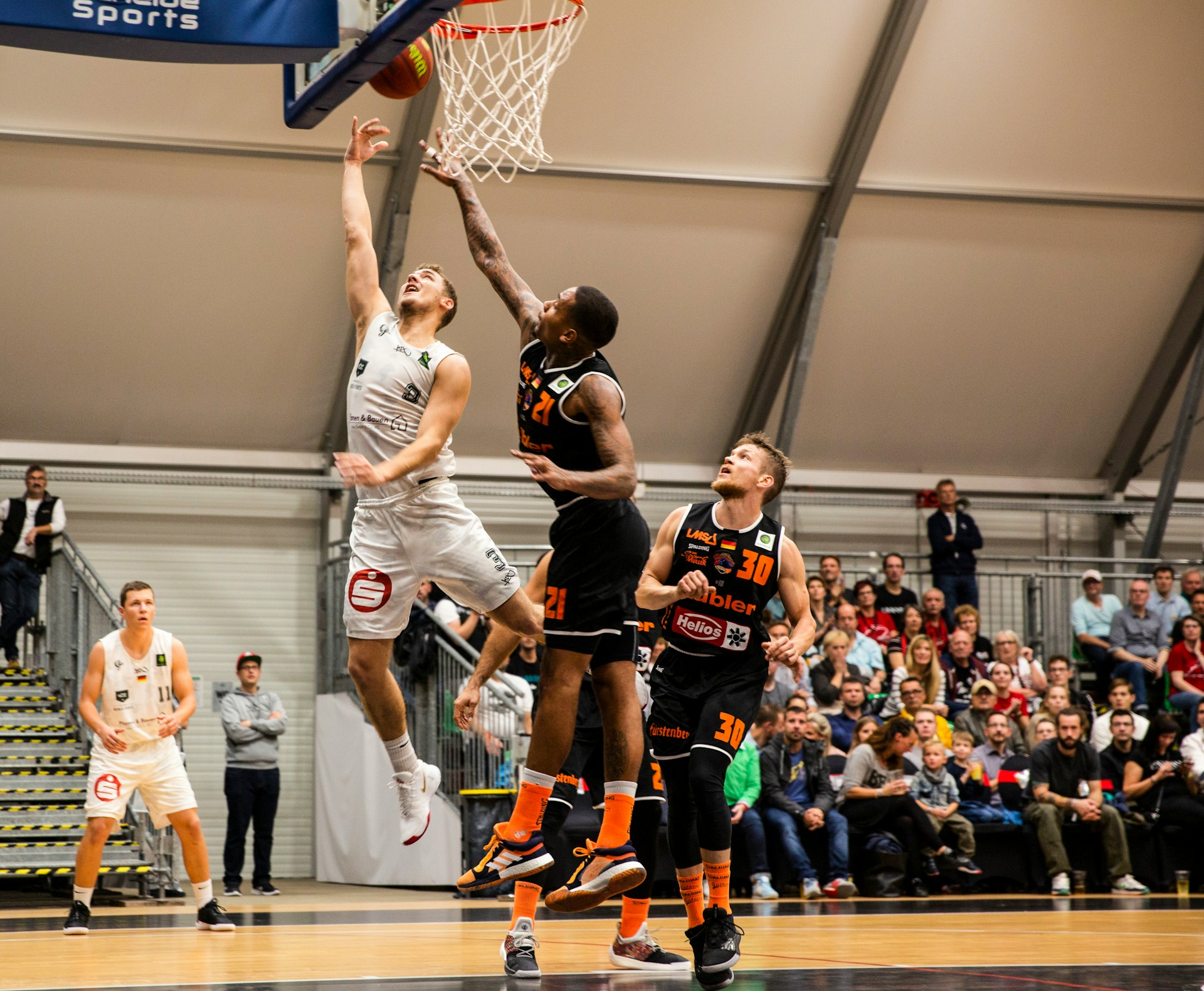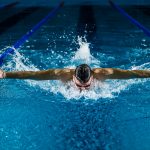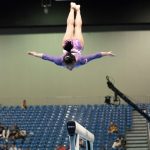In the world of sports, performance is key. Athletes are constantly training to enhance their strength and endurance. However, achieving peak performance also requires attention to another key aspect – recovery. For UK basketball players particularly, back-to-back games pose a significant challenge. The intense physical exertion can lead to fatigue and injury if proper recovery techniques are not implemented. This article shall delve into the role of recovery in athletic performance, explore the various recovery techniques used by athletes worldwide, and offer insights into the most effective methods for basketball players in the UK.
The Role of Recovery in Athletic Performance
Every athlete, whether amateur or professional, understands that training is an essential part of improving performance. But what’s equally important is the recovery period post-training or post-game. This is when the body has a chance to adapt to the stress of exercise, repair damaged muscle tissue, and strengthen itself for future workouts or games.
A voir aussi : What are the key nutritional strategies for UK basketball players to enhance muscle recovery?
Research data published on PubMed and CrossRef highlights the importance of recovery in preventing injuries and enhancing performance. According to these scholarly sources, inadequate recovery can lead to a decline in performance, an increased risk of injuries, and potentially, a shortened athletic career. This is true for all sports, including basketball.
For basketball players, the challenge is even more significant due to the frequency and intensity of games. The game demands high levels of stamina, agility, and strength. Therefore, the recovery techniques employed by basketball players need to be tailored to their specific needs.
En parallèle : How can UK basketball players use advanced tracking technology to monitor their performance?
Sleep: The Underrated Recovery Technique
One of the simplest and most effective recovery techniques is sleep. Study after study, including ones published on PubMed and CrossRef, reiterate that sleep is essential for athletic performance and recovery. Yet, it is often neglected in favour of more ‘active’ recovery techniques.
Sleep is when most of the body’s recovery processes occur. It is during this time that the body releases growth hormones, which aid in repairing and building muscle tissues. It also helps in reducing inflammation and improving cognitive function, both of which are crucial for athletes.
For basketball players, who often play late-night games, getting adequate sleep can be a challenge. However, it is important to prioritise sleep as much as possible. This may involve planning sleep schedules around training and games, creating a sleep-friendly environment, and possibly seeking the help of a sleep consultant.
Using Recovery Tools: The Firefly Device
Recovery tools, like the firefly device, are becoming increasingly popular among athletes. The firefly is a neuromuscular stimulation device that is designed to aid in recovery post-exercise. When placed on the leg, it provides gentle electrical stimulation that increases blood flow to the muscles, promoting recovery and reducing muscle soreness.
Research published on PubMed and CrossRef has shown that neuromuscular stimulation can be effective in aiding recovery post-exercise. For basketball players, who often experience soreness and fatigue in their legs, the firefly device can be a useful recovery tool.
It’s simple to use and portable, making it ideal for use post-game, during travel, or as part of the nightly recovery routine.
Tailoring Recovery for Female Athletes
In the world of sports, female athletes often face unique challenges. From hormonal changes to different body composition, female athletes have different recovery needs than their male counterparts. Therefore, it is essential to tailor recovery techniques to meet the specific requirements of female players.
For female basketball players, recovery strategies should account for the menstrual cycle. Some research indicates that strength training can be more beneficial during certain phases of the menstrual cycle, and recovery needs may also vary.
Additionally, female athletes are at a higher risk for certain types of injuries, such as ACL tears. Therefore, recovery techniques should also focus on injury prevention and strengthening key areas, such as the knees and hips.
Data-Driven Recovery
In the era of big data, sports are no exception. More and more teams are using data to track performance, predict injuries, and tailor training programs. The same approach can be applied to recovery.
By collecting data on various factors – such as sleep, nutrition, muscle soreness, and stress levels – athletes and coaches can gain a clearer picture of an individual’s recovery needs. This allows for personalised recovery strategies that can help to maximise performance and prevent injuries.
For example, a basketball player might find that they perform best after eight hours of sleep, or that certain foods aid their recovery. By identifying these patterns, athletes can make informed decisions about their recovery strategies, resulting in improved performance and reduced risk of injury.
Recovery is undeniably as essential as training in any athletic endeavour. For UK basketball players, focusing on recovery techniques such as sufficient sleep, utilising recovery devices, tailoring techniques for female athletes, and employing a data-driven approach can significantly enhance performance and longevity in the game.
Recovery Nutrition: The Role of Diet in Restoring Physical Performance
A factor that plays a crucial role in the recovery of athletes is nutrition. Nutritional intake can significantly influence the body’s ability to recover and rebuild after strenuous activities like back-to-back basketball games. This has been confirmed by a plethora of research, available on Google Scholar, PubMed, CrossRef, and in Sports Medicine journals.
During high-intensity games, basketball players deplete their energy stores, and their muscles undergo microscopic damage. A well-structured diet, rich in carbohydrates and proteins, helps replenish those energy reserves and initiate muscle repair. Carbohydrates restore glycogen stores in muscles, while protein aids muscle repair and growth.
In addition to macronutrients, certain micronutrients, like antioxidants and omega-3 fatty acids, can also accelerate recovery by reducing inflammation and muscle soreness. It is, therefore, recommended that athletes consume a balanced meal rich in these nutrients within the first couple of hours post-exercise. This can be a challenge during a busy game schedule, but planning and meal prep can make it easier to meet these nutritional needs.
On a related note, hydration is another critical aspect of recovery. Adequate fluid intake helps restore balance in the body, aids in nutrient absorption, and facilitates the removal of waste products generated during exercise. Dehydration, as numerous sports DOI PubMed and DOI PMC studies indicate, can impair performance and slow down recovery.
Active Recovery: Low-Intensity Exercise and Stretching
Active recovery is another method frequently adopted by athletes worldwide. This involves engaging in low-intensity physical activity post-exercise to facilitate recovery. This approach is backed by several studies, free articles available on PubMed, and systematic reviews that suggest that active recovery can reduce muscle soreness and improve muscle function.
For basketball players, this might involve light jogging, cycling, or swimming. The low-intensity activity helps increase blood flow, delivering nutrients to the muscles and removing waste products. This can help quicken the recovery process and prepare the body for the next game.
Stretching is another form of active recovery that can be effective. It can improve flexibility, enhance circulation, and reduce muscle tension. Basketball players often experience tension in their muscles due to repetitive movements and changes in direction during the game. Regular stretching post-game can help alleviate this tension and prepare the body for future games.
In conclusion, recovery is an integral aspect of athletic performance, often as important, if not more so, than training itself. This article offers insights into various recovery techniques that UK basketball players can incorporate into their routine to enhance performance and prevent injuries.
Sleep, recovery tools like the Firefly device, tailoring recovery for female athletes, data-driven recovery, dietary intake, and active recovery techniques such as low-intensity exercise and stretching are among the most effective methods to restore physical performance. It is important to remember that each individual is unique, and what works for one athlete may not work for another. Therefore, athletes should try a combination of these methods and determine what works best for their bodies and their performance goals.
Ultimately, the goal is to create a balance between training, performance, and recovery. This balance is key to achieving peak performance and longevity in sports, including the high-paced, high-intensity world of basketball. As research in this field continues to grow, athletes and coaches can make informed decisions about their recovery strategies, resulting in improved performance and a reduced risk of injury.











